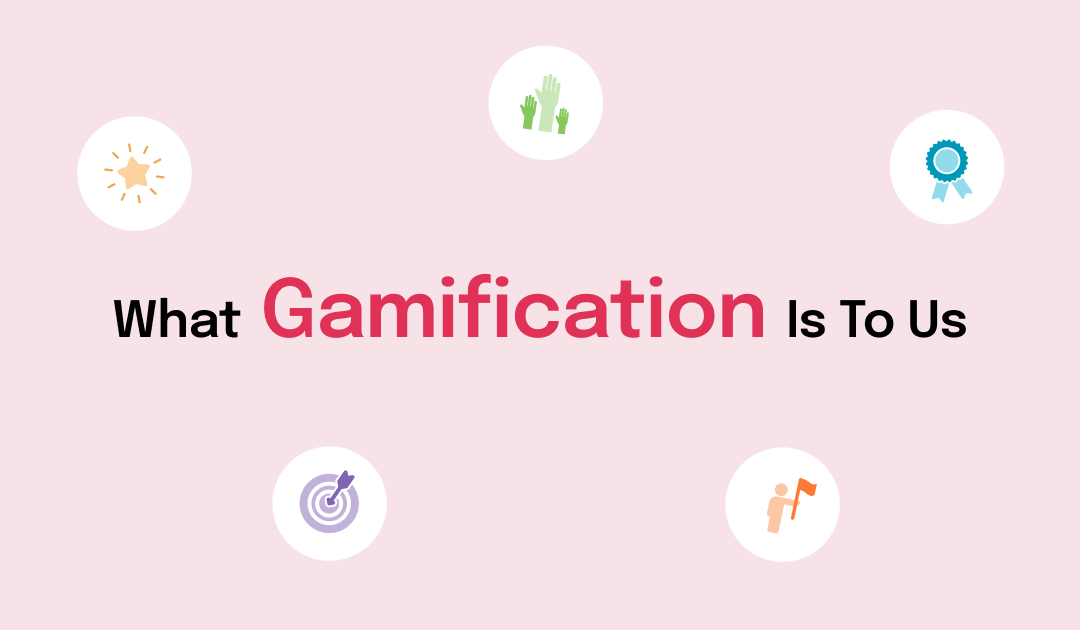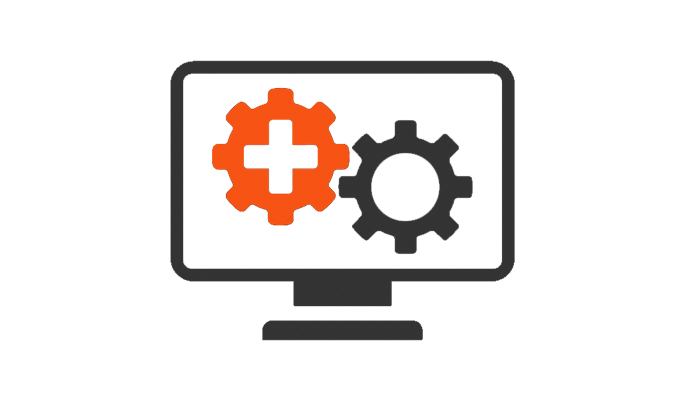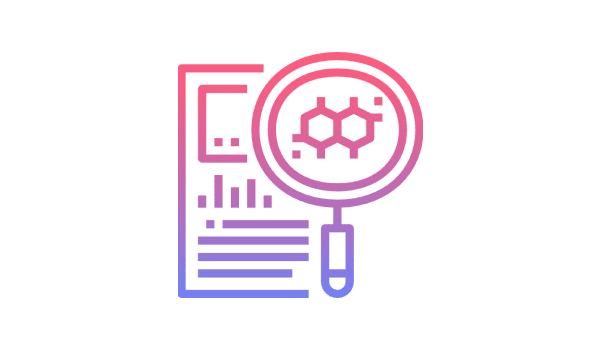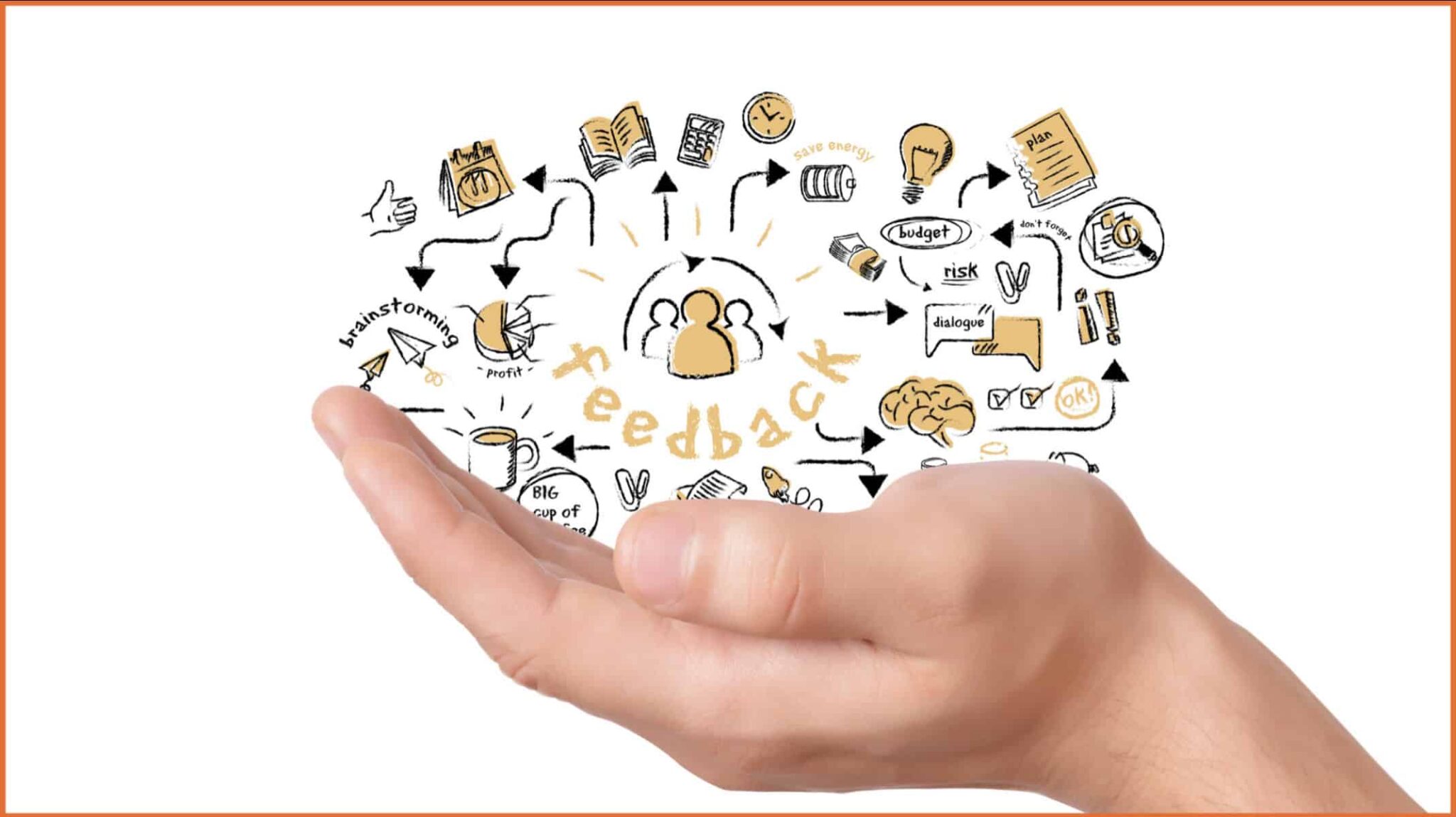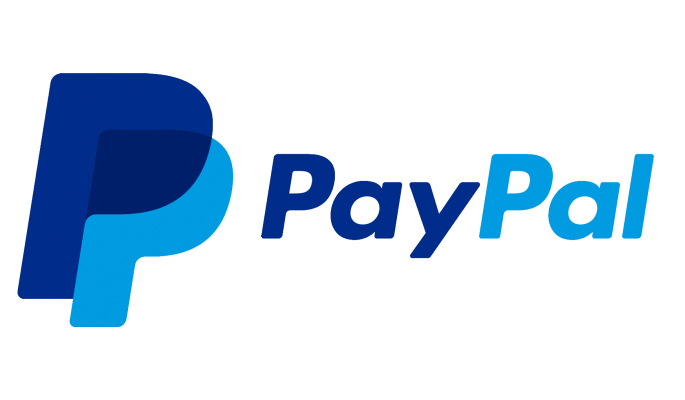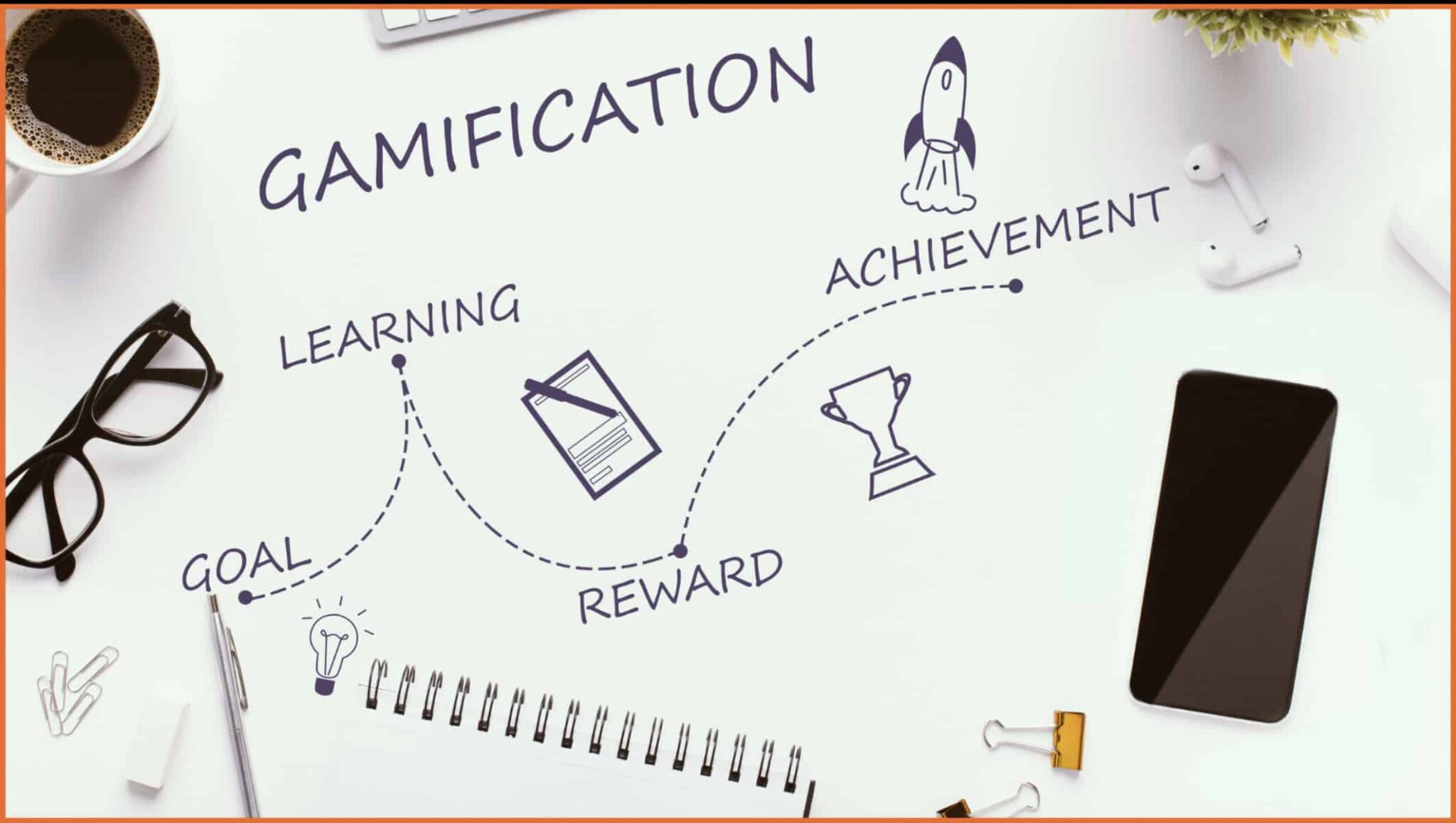What Gamification is to us
Gamification. What’s the first thing that comes to mind? Points, badges, leaderboards, right?
But what if I told you that gamification is much more than just that? Welcome to the new era of gamification.
Sure, the usual elements like badges and points can add a spark to learning, but what truly makes it stick? It’s about creating a full-circle experience where learning is not just absorbed, it’s applied.
Learning is evolving. The days of passive absorption of information are behind us. Today, it’s about active participation, real-world application, and most importantly, engagement.
Gamification plays a crucial role in this evolution. It’s not just about making learning fun it’s about making it effective. But let’s clear up a common misconception, what’s the difference between games, gamification, and serious games?
Games are designed purely for entertainment, while gamification applies game elements like points and rewards to non-game contexts, like learning. Serious games, on the other hand, are full games built with the primary purpose of educating or solving real-world problems.
Each has its place, but gamification stands out for its ability to seamlessly integrate with everyday learning experiences, making the process more engaging without losing focus on the educational goals.
There are a lot of myths about gamification. Let’s clear up a few.
Myth #1: Employees will play games all day.
The truth? Gamification isn’t about playing games, it’s about using game mechanics as part of the workflow. By tapping into intrinsic and extrinsic motivators tied to goals, gamification drives long-term behavior change and incentivizes learning and collaboration.
Myth #2: Gamification is a passing trend.
In reality, enterprises have used gamification for decades, and it’s only growing in popularity. The gamification market is projected to reach $95 billion globally by 2030. According to Gartner, 70% of businesses have adopted gamification, and enterprise users make up 25% of that market.
Myth #3: Only top performers are rewarded.
In a well-designed gamification program, everyone has a chance to succeed. Advanced gamification motivates and engages top, middle, and low performers, driving long-term improvement across the board.
Myth #4: Gamification offers no real ROI.
In fact, platforms easily pay for themselves by reducing attrition and driving performance. Highly engaged employees are 75% more likely to stay, and 90% of employees are more productive with gamification.
Myth #5: The novelty will quickly wear off.
Gamification is sustainable when it’s ingrained in the workflow. By gamifying every aspect of the employee experience from onboarding to ongoing performance management employees remain motivated and engaged throughout their entire journey.
Myth #6: Our employees will never use it. The key to overcoming resistance?
A robust change management campaign that makes employee buy-in easy. By clearly communicating the change, stating expectations, and involving employees in the process, adoption becomes seamless.
But why is gamification so effective for learning?
It’s all about engagement. Gamification taps into our natural desire for achievement, exploration, and social interaction.
When you engage in a gamified learning experience, your brain releases dopamine, the chemical responsible for motivation and pleasure. This isn’t just about feeling good, it’s about creating strong neural connections that make learning more memorable.
How do we do it?
Curiosity is a powerful motivator. It’s what drives us to explore the unknown, just like opening a mystery box in a game.
We ignite curiosity by exposing knowledge gaps, using scenario-based Q&As, and surprising learners with pop-up rewards. And when curiosity is sparked, learners are more engaged and receptive, leading to deeper learning.
Research shows that when learners identify gaps in their understanding, they’re more driven to fill them. This is how we keep them motivated, both intrinsically and extrinsically.
Peer learning is another powerful element we weave into our approach. Learning from one another isn’t just effective, it’s essential.
When learners collaborate, they exchange perspectives, challenge ideas, and reinforce their understanding. Gamification encourages this by creating environments where teamwork and competition thrive side by side.
Context is king. When learning is meaningful and relevant, it boosts intrinsic motivation. Learners take ownership because they see the bigger picture.
We set the context by sharing the purpose behind the learning early on. It’s about inspiring them toward a goal and making them feel like they’re contributing to something that truly matters.
Challenges aren’t just about difficulty, they’re about testing skills and knowledge in a meaningful way. Whether it’s solving a puzzle or beating a tough level, challenges keep learning exciting.
We create challenges that stimulate critical thinking, not just rote memorization. It’s a mental workout that energizes, not exhausts.
Scenarios and case studies push learners to apply what they’ve learned, fostering teamwork and deeper engagement.
To boost extrinsic motivation, we embed consequences, just like in games, where rewards and penalties drive behavior.
Leaderboards enable social comparison and recognition, while reward mechanisms offer targeted incentives that resonate. A certificate or recognition shared with peers or managers adds a tangible sense of achievement.
All of this isn’t just about enhancing learning, it’s about enhancing the entire employee experience. Gamification is a powerful tool that transforms how employees interact with their work, their teams, and their own development.
By integrating gamification into every aspect of the employee experience, from onboarding to ongoing performance management. We are not just motivating and engaging employees, we’re creating a sustainable culture of growth, retention, and excellence.
